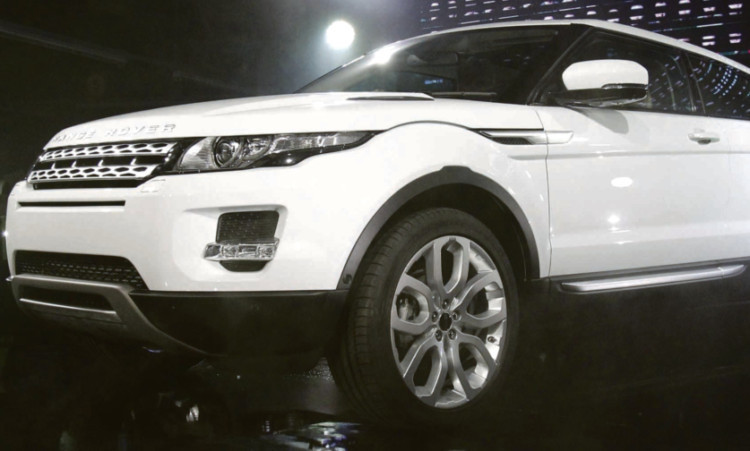
Councils and quangos splash cash on fancy motors.
Hundreds of Scots public sector workers are driving luxury cars at the taxpayer’s expense, The Sunday Post can reveal.
Car leasing deals with more than 1,600 staff across Scotland include top-of-the-range BMWs, Audis, Mercedes and Range Rovers.
Figures released under Freedom of Information show that £8.5 million has been spent on lease deals by cash-strapped councils and quangos in the last three years.
Nearly half of the 250 workers at public spending watchdog Audit Scotland have leased cars, including BMWs, Audis and Mercedes, at a cost of more than £500,000 a year.
Many of the vehicles are needed by frontline public sector workers and employees do pay extra if they lease more expensive models.
However, in most schemes the taxpayer picks up the bulk of insurance, fuel, road tax and rental costs for the cars.
This allows many public sector workers to get their hands on luxury vehicles at what are effectively knock-down prices.
Tory finance spokesman Gavin Brown said: “The public should not be shelling out for a luxury vehicle when that person is perfectly able to do their job in a standard car.
“It’s imperative that the councils and quangos involved look at these arrangements carefully to ensure value for money.”
The £8.5 million cost, which includes National Insurance payments of £406,000, covers 12 councils and eight quangos over the last three years.
Documents reveal more than 250 of the 1,600 staff who use a leased car are driving luxury vehicles such as a BMW or Audi.
Last year Audit Scotland spent £503,535 on its scheme which covered the leasing costs, National Insurance, mileage and insurance.
The 96 employees with leased cars, one of whom is driving a £27,000 Mercedes C class, contributed £82,496 to the scheme.
Audit Scotland says its scheme is “restricted to those staff whose job needs a car. Currently these are financial audit staff, who regularly and frequently travel to audit locations across Scotland, and certain staff with legacy terms. “
SportScotland has 87 workers on leasing deals at a net cost of £285,000 a year. This is a third of the workforce and staff have the use of a range of luxury cars including 27 Audi A3s and 14 BMWs.
The quango claims “the system provides far better value to the public than the alternative of using either public transport or hire cars.”
Other quangos with deals include VisitScotland, SEPA and Scottish Water, which spent £722,000 on leased cars last year.
Midlothian, one of the country’s smallest councils, has leasing arrangements for 240 workers in a deal that cost the taxpayer £523,000 last year.
The haul of vehicles includes 13 Audis, 10 BMWs and 10 Minis but the local authority insists any upgrades are paid for by staff.
Other councils with big hauls of leased cars include Dundee (195) and Highland (189).
Eben Wilson, director of Taxpayer Scotland, said: “It’s not right The Sunday Post has to use Freedom of Information to dig out these figures. It leaves a bad taste in the mouth.”
Earlier this year the Sunday Post revealed details of a £90 million deal, around £40 million of which is coming from employees, to lease thousands of vehicles for the NHS. But the quango, set up to save the NHS money, was revealed to have lavished a fleet of fast cars worth almost £1 million on its workers.
The revelations come a day after it emerged car use by Scottish Government ministers had risen by more than a quarter over the past three years.

Enjoy the convenience of having The Sunday Post delivered as a digital ePaper straight to your smartphone, tablet or computer.
Subscribe for only £5.49 a month and enjoy all the benefits of the printed paper as a digital replica.
Subscribe